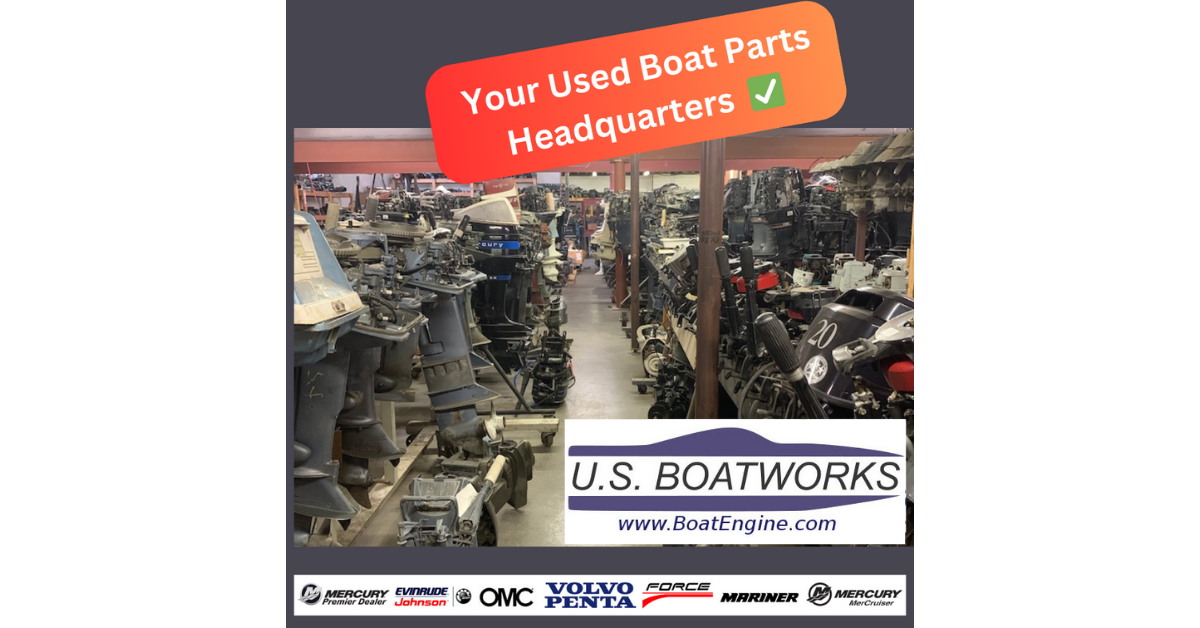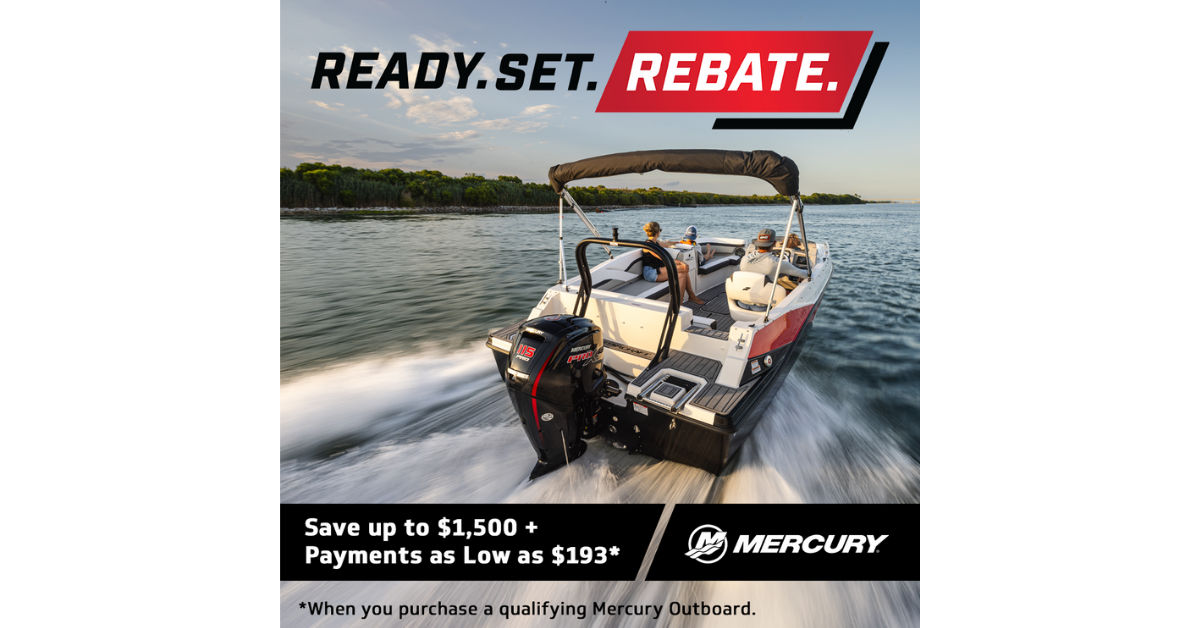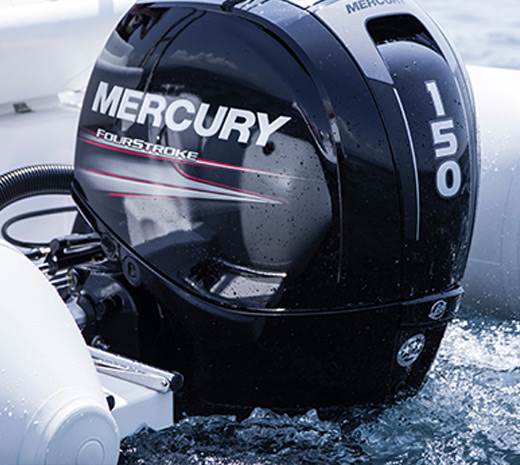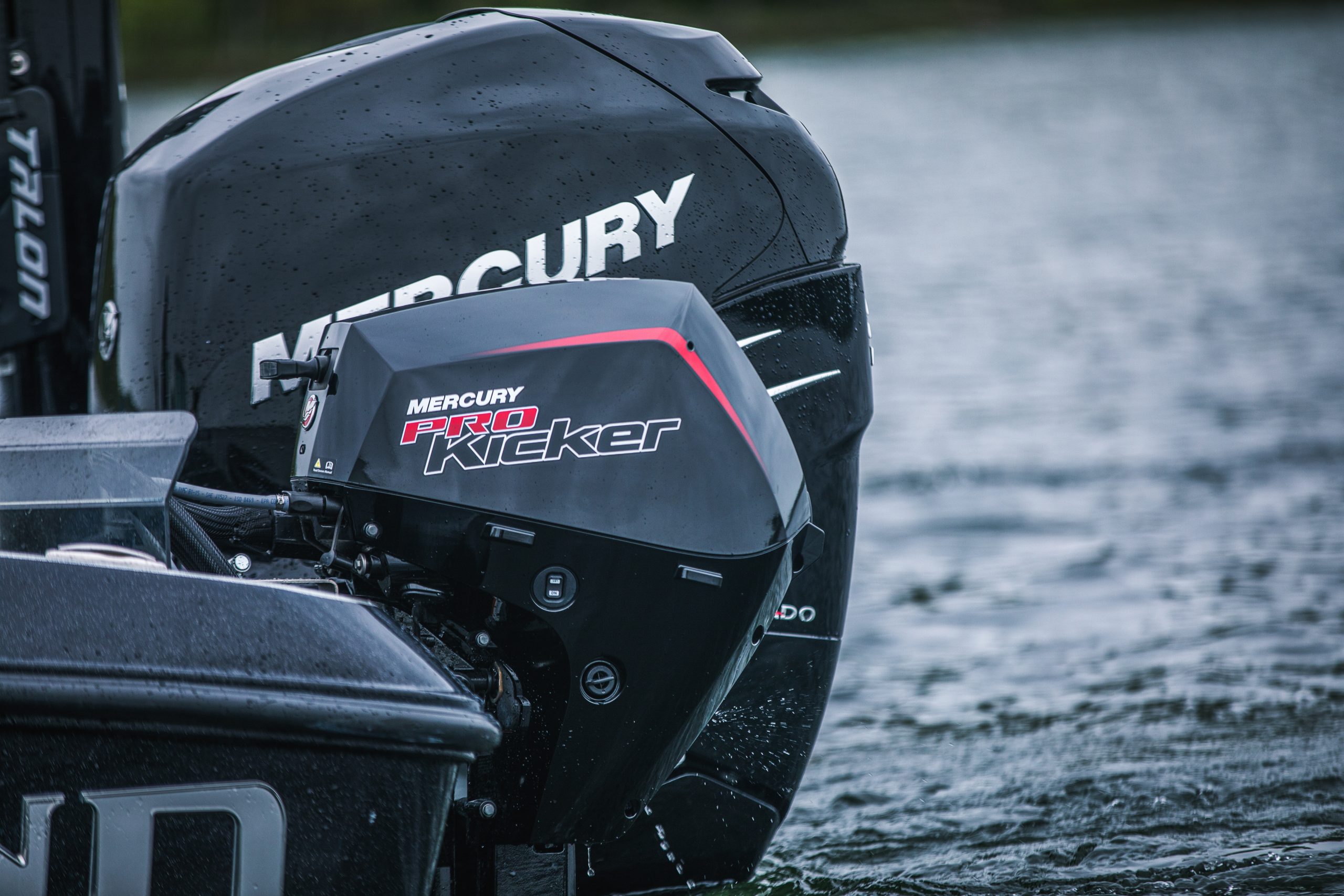Outboard Motor Buyer’s Guide
Purchasing a new outboard motor can be an exciting process, but with so many options available, it can also be overwhelming. By understanding the key factors—horsepower, steering, shaft length, and start options—you can choose a motor that perfectly suits your needs. This guide will walk you through these critical considerations to help you make an informed decision.
Horsepower: Finding the Right Balance
Horsepower is one of the most critical aspects of an outboard motor. While it may seem tempting to get the most powerful motor your budget allows, it’s essential to consider your boat’s size and limitations.
- Overpowering Risks: Too much horsepower can make your boat unstable and damage the transom.
- Underpowering Risks: Insufficient horsepower can overwork the motor, leading to premature wear and tear.
Solution: Locate your boat’s National Marine Manufacturers Association (NMMA) Certification Plate, usually inside the stern. This plate specifies:
- The maximum horsepower your boat can handle.
- The total weight capacity (motor, gear, and passengers).
Take a picture of the plate and show it to your salesperson to ensure you choose a motor within these limits.
Steering: Tiller Handle or Steering Wheel?
Your choice between a tiller handle and a steering wheel will depend on how you intend to use your boat.
Tiller Handle
- Offers enhanced steering control, especially for smaller outboards.
- Ideal for fishing boats and precise maneuvering.
- Modern Features:
- Adjustable handle angles and shift-side preferences.
- Mercury Troll Control for precise trolling speeds.
- Integrated Engine Warning Display for oil, temperature, and electrical issues.
- Optional heated grips for cold weather.
Steering Wheel
- Better suited for cruising, tubing, and skiing.
- Provides comfort and convenience for larger boats or recreational activities.
Consideration: If quick and responsive control is a priority, especially for fishing, a tiller handle might be the right choice. For leisurely activities, a steering wheel is preferable.
Shaft Length: Matching Your Motor to Your Boat
The correct shaft length is essential for proper motor performance. The shaft length should match your boat’s transom height, which is the part of the hull where the motor mounts.
How to Measure Your Transom Height
- Measure from the top-center section of the transom to the bottom-center of the hull.
- Use these general guidelines:
- Short Shaft: 14–17 inches.
- Long Shaft: 18–22 inches.
Tip: Most modern boats require a long shaft motor. Always ensure your motor’s shaft length matches your transom height for optimal performance.
Start Options: Electric vs. Manual
When deciding between electric start and manual start, it ultimately comes down to convenience.
Electric Start
- Starts quickly with the push of a button.
- Ideal for situations where you need to act fast, such as avoiding rocks or trees.
Manual Start
- A more traditional option but requires physical effort to get the motor running.
Recommendation: If ease of use is a priority, opt for an electric start for greater convenience and safety.
Shop for Outboard Motors Online
Ready to buy? At US Boatworks, we offer a wide selection of outboard motors, including Mercury models, at unbeatable prices. If we don’t have what you need, we can source it for you.
For personalized assistance or to check out our current inventory, visit our website or contact us:
Conclusion
Choosing the right outboard motor doesn’t have to be complicated. By considering horsepower, steering, shaft length, and start options, you’ll be well on your way to finding a motor that meets your needs and enhances your boating experience.
Don’t forget to check out our online store for great deals on outboard motors and accessories. Let us help you make the most of your time on the water!







